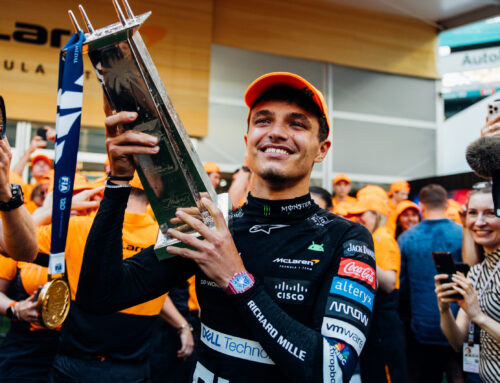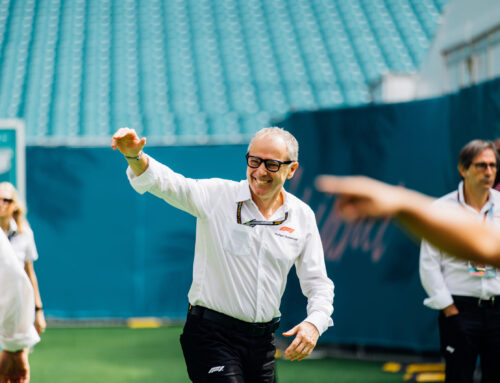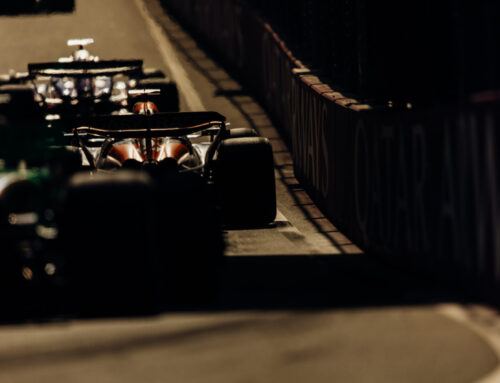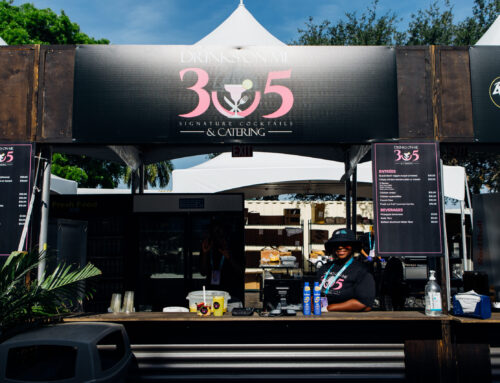One of the challenges of racing at two dozen different locations around the world is the sheer logistical exercise of ensuring everything is in the right place — at the right time. Double-headed F1 races on separate continents provide an even greater obstacle, as each team will transport roughly 50 tonnes of freight — including everything from the steering wheel to the smallest screwdriver — to every Grand Prix.
For the European races, everything is transported by road, but when the sport heads to the Miami International Autodrome for the sixth race of the year in 2024 (May 3-5) the sport will have already travelled to the Middle East, Australia, Japan and China.
If you take one of the smaller teams, such as Haas, they will pack everything they need on four articulated lorries and rendezvous with a 747 cargo plane at East Midlands Airport. Every item is loaded onto 12 aircraft pallets for the 10 hour flight from the UK to Florida. Meanwhile the less essential equipment, such as tables and chairs for their hospitality unit, will have made the voyage across the Atlantic by sea.
At any one time, every team will have up to six different containers that are criss-crossing the world as sea freight, which they will eventually catch up with depending on where the F1 schedule takes them. The Miami freight will have come straight from Australia, before heading off to Singapore, while another set will be heading from South East Asia to Canada.
Once in Miami, the air pallets are transported from the nearest cargo-handling airport and driven via an articulated truck to the pitlane, where they will be placed outside each team’s garage. When the first of a team’s crew arrive in Miami Gardens, their first job will be to unbox the containers, setup the garage and piece together the 5,000 components that constitute a Formula 1 car.
If a team has new parts they want to test, those pieces will often arrive with the rest of the squad’s personnel, typically as checked-in oversized baggage at their departing passenger terminal. Separate planes are used by Pirelli to transport all the tires, while Formula 1 handles the 150 trackside cameras and miles of cables to enable transmission of TV images.
As soon as last car takes the checkered flag on Sunday afternoon, the teams are already starting to pack down their garages and fork-lift trucks travel about the pit lane to get everything dismantled — particularly if there is another race the following weekend.
The cars are striped bare and carefully packaged back into air freight boxes, or loaded onto a truck to either head to base or on to the next Grand Prix. With timezones to navigate and long flying times, it’s critical that planes aren’t subjected to any delays, as that could impact the next round of the World Championship. It’s an incredibly well orchestrated logistical exercise operated with military precision.













